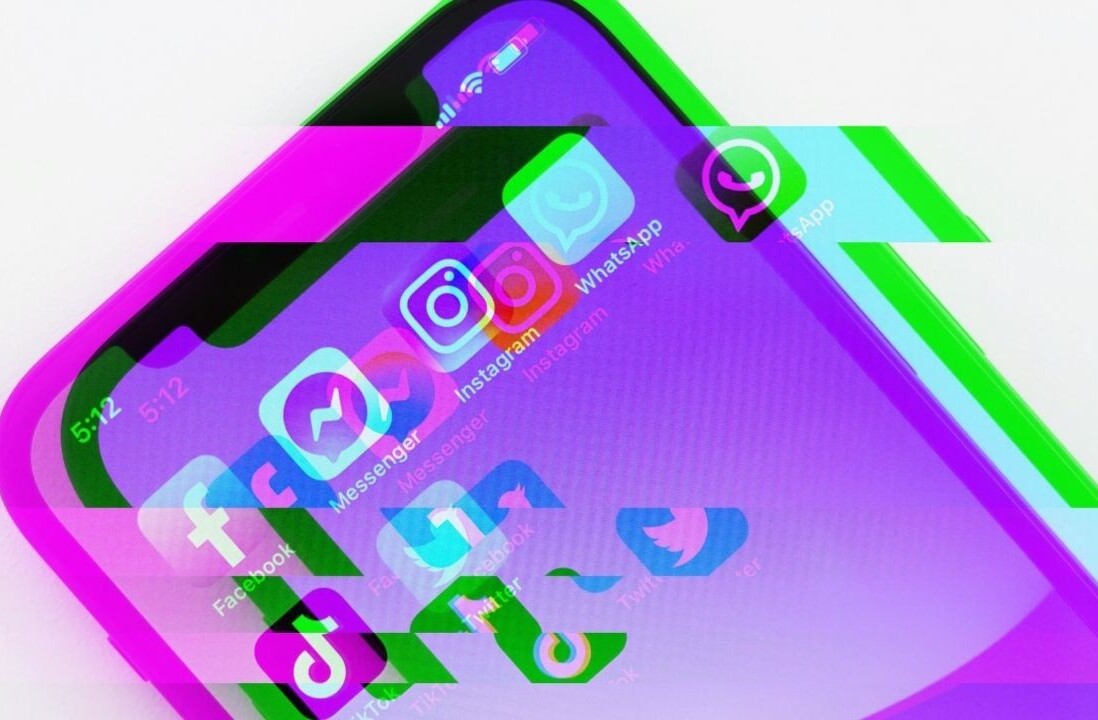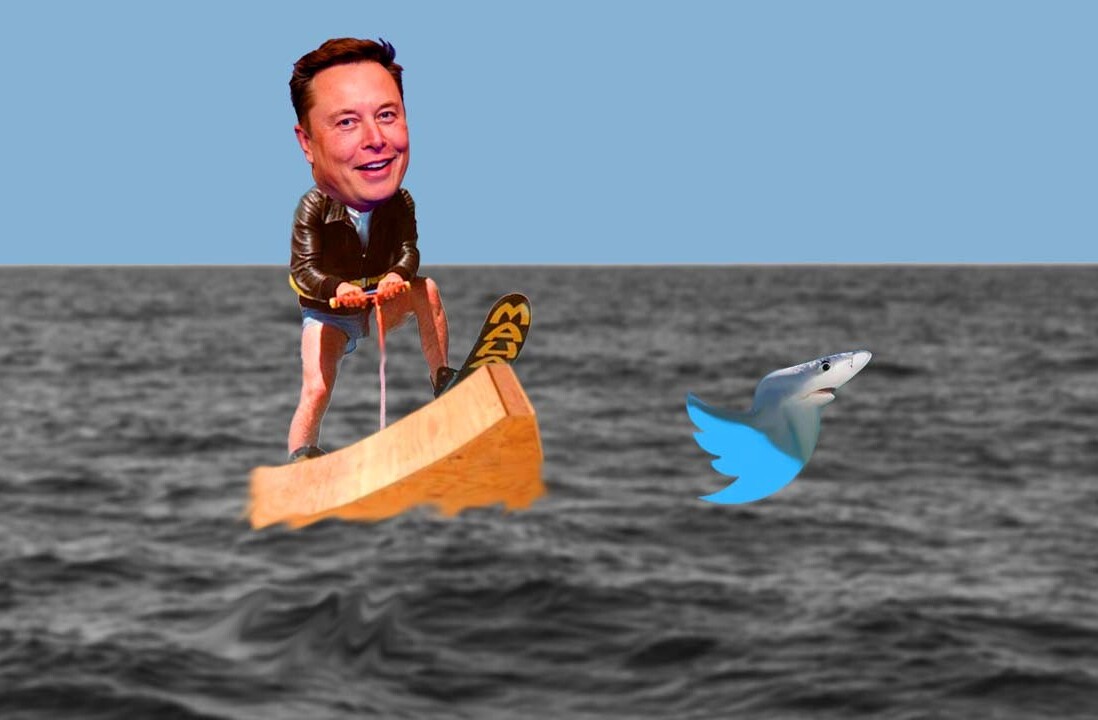
With all the buzz around gamification and how it will and should evolve for brands and users, I wanted to take a look at the brands that are using gamification mechanics to market their products and engage users effectively. How gamification will work for brands is still largely unknown and we’re yet to see if it will really take off as a new social media strategy for brands, or whether it is more of a quirky gimmick that will ultimately lose its shine or annoy users. These brands show how gamification can be done well, as part of a full strategy to attract and keep consumers.
Buffalo Wild Wings and SCVNGR
SCVNGR is an interesting player in the gamification scene, as it seems to be one of the most accessible platforms for brands that want to execute a gaming strategy to entertain users. SVNGR works as a location service with a difference, where instead of simply checking in somewhere, you are presented with a challenge set by the business owner. This could be anything from ‘take a picture with our cup of coffee’ to ‘write the best joke on our wall’ – pretty much anything that will be entertaining to your customers. The idea is that in return for completing challenges, customers are rewarded with a unique offer or discount. It hasn’t really hit the mainstream yet, at least outside of the U.S., but a case study from Buffalo Wild Wings shows how it can be used to directly benefit your business.

BWW partnered up with SVNGR in January of this year in what was the company’s first nation-wide promotion. It signed up all 730 of its restaurants to take part in the campaign with SCVNGR. The promotion lasted for 12 weeks and focused on ‘March Madness’, with challenges including taking a photo of someone in the opposing team’s jersey. Within 3 weeks of the campaign launching it had attracted 30,000 active players, reaching 184,000 by the end of the 12 week campaign. Crucially this campaign worked because the restaurant heavily involved tits staff in the promotion, making sure they had played with SCVNGR themselves before the campaign started. It’s not unusual to hear stories of businesses running location-based promotions, only for the person serving you to have no idea what you’re talking about. BWW also kept it simple, using the gaming mechanics provided by SCVNGR without trying to add too many additional metrics. In this case the numbers certainly speak for themselves and prove that adding a gaming layer doesn’t dissuade customers, but encourages active engagement.
Playboy Miss Social
When Playboy wanted to attract more young subscribers to the magazine, it decided to launch a gamification strategy alongside the service ‘Bunchball’, which integrates gaming features onto sites. It ran a promotion for ‘Miss Social’, which added gaming layers onto the competition, centered around fans submitting their photo for the chance to be Miss Social, in a voting competition. Through the promotion, Playboy reported receiving a 60% improvement rate on revenues and grew its active users to 80,000 by the end of the promotion. It effectively doubled its consumer base through gamification concepts that encouraged users to be social and bring their own friends and followers to the site.

Green Giant and Farmville
Last year, Green Giant showed an earlier example of how gamification can work for a brand, when it teamed up with Farmville. The promotion was interesting as it combined offline and online through Green Giant packaged goods. It selected certain Green Giant products to feature in the promotion, where you could peel off a special sticker that contained a unique code. You could then enter this code into Farmville to receive up to 15 Farm Cash, with a branded online voucher. This works slightly differently to other promotions we’ve seen within Farmville, as the incentive started off with purchasing the real-life product, instead of keeping the experience completely within Farmville. It’s a well targeted promotion as the Green Giant products so closely relate to the Farmville concept of growing produce and a great example of using offline tactics to drive online engagement, again through partnering with another company that knows gaming best.

Krave Krusader
 Krave first experimented with gamification last year, when it launched a microsite where you could bid for certain prizes, building up points for social actions. Now it’s back and stepping up its gamification concept with the launch of a Facebook game and mobile app, backed by a £1.6 million ad campaign spanning online and offline. The Facebook game and soon to be launched mobile game revolves around a simple concept of playing against friends or on your own to catch the chocolate cereal. But it has also integrated this with on-pack promotions, featuring special codes that are linked to bonuses and hidden extras. The game also features rewards based on game play, for example unlocking new outfits to accessorise your Krave character in return for building up points. The Krave gaming concept is perfectly linked to its target audience, who will require quick entertainment online and a way to integrate the experience with friends. The game works well because it’s easily accessible to everyone, but Krave fans and loyal gamers get even more out of the experience, encouraging more investment with the brand.
Krave first experimented with gamification last year, when it launched a microsite where you could bid for certain prizes, building up points for social actions. Now it’s back and stepping up its gamification concept with the launch of a Facebook game and mobile app, backed by a £1.6 million ad campaign spanning online and offline. The Facebook game and soon to be launched mobile game revolves around a simple concept of playing against friends or on your own to catch the chocolate cereal. But it has also integrated this with on-pack promotions, featuring special codes that are linked to bonuses and hidden extras. The game also features rewards based on game play, for example unlocking new outfits to accessorise your Krave character in return for building up points. The Krave gaming concept is perfectly linked to its target audience, who will require quick entertainment online and a way to integrate the experience with friends. The game works well because it’s easily accessible to everyone, but Krave fans and loyal gamers get even more out of the experience, encouraging more investment with the brand.
Nike gamifies running
Showing how gamification can integrate seamlessy with the real world and stay completely focused on your brand, Nike offers a good example with the Nike+ tag running app. Here it links running directly with social gaming as users who have downloaded the app are then entered into a game of tag, where you have to tag other users and keep on running to avoid being ‘it’. If you run the shortest distance among the people in your game, then you’re it. So the incentive of course is to keep on running! The app comes amidst a longer term strategy of gaming for Nike, as it has developed other apps and sites that link running directly to gamification. What it’s done that works so well is take something that people can find challenging or hard to get motivated for, and offered a direct incentive, whether this is social or through building up rewards and trophies in return for challenges met. Nike is an excellent company to look to for how gamification can be used to directly reward consumers with a more tangible concept, as opposed to randomly attributing points and rewards that aren’t seen as something to strive for.
Get the TNW newsletter
Get the most important tech news in your inbox each week.





